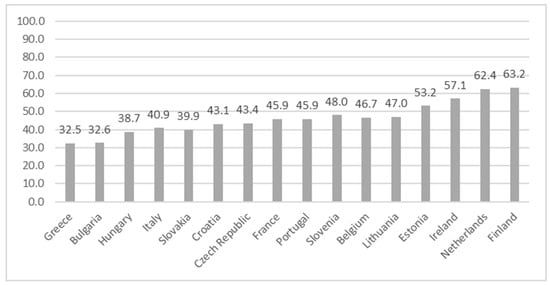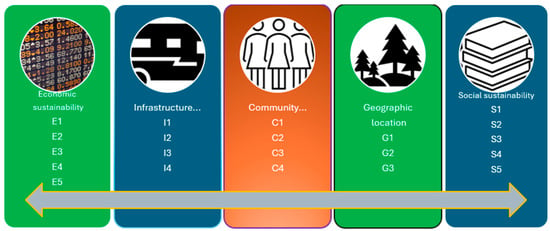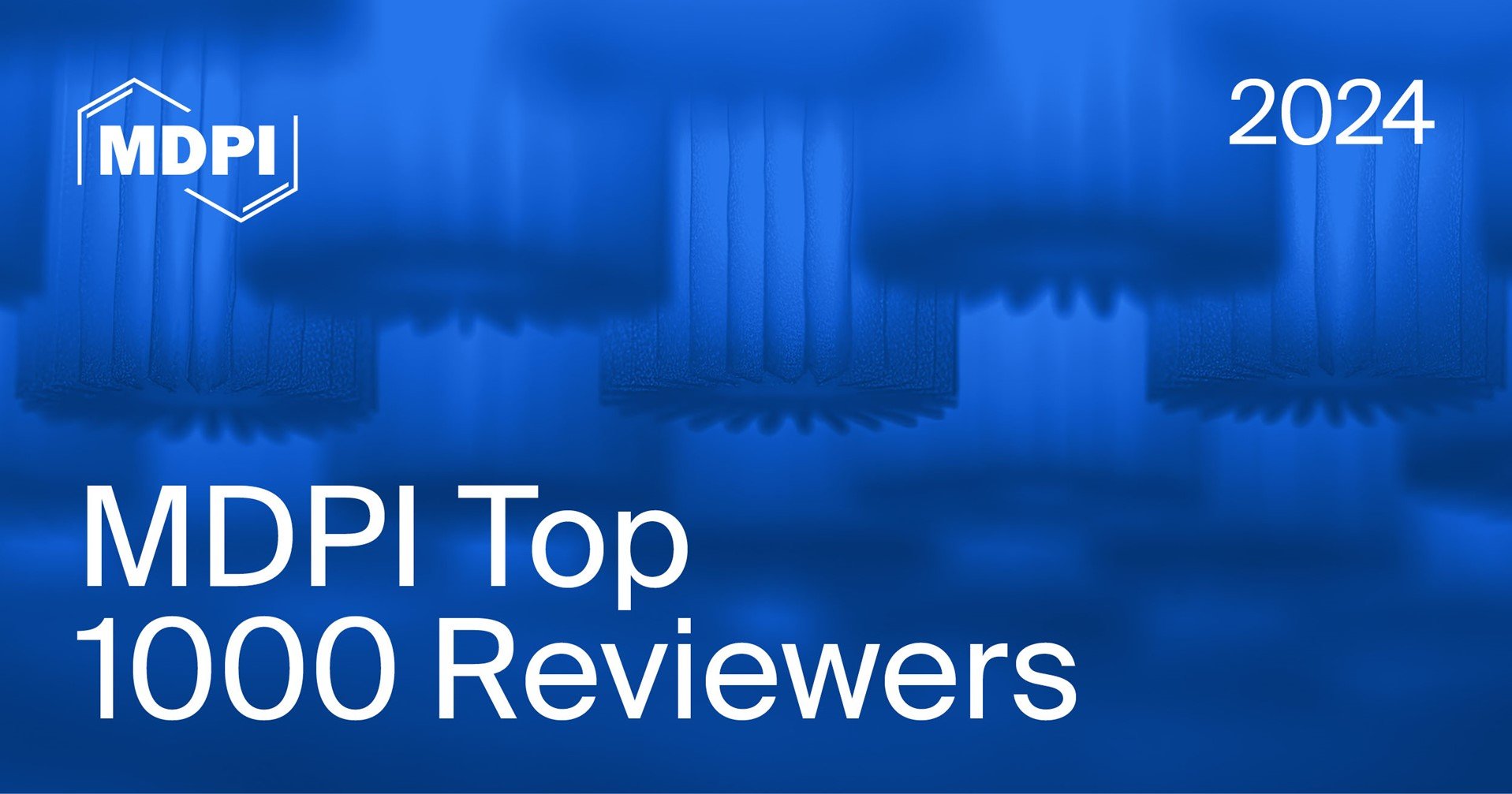Journal Description
World
- Open Access—free for readers, with article processing charges (APC) paid by authors or their institutions.
- High Visibility: indexed within ESCI (Web of Science), FSTA, AGRIS, RePEc, and other databases.
- Journal Rank: JCR - Q1 (Social Sciences, Interdisciplinary)
- Rapid Publication: manuscripts are peer-reviewed and a first decision is provided to authors approximately 28.6 days after submission; acceptance to publication is undertaken in 5.6 days (median values for papers published in this journal in the first half of 2025).
- Recognition of Reviewers: APC discount vouchers, optional signed peer review, and reviewer names published annually in the journal.
- World is a companion journal of Sustainability.
Latest Articles
Highly Accessed Articles
Latest Books
E-Mail Alert
News
Topics
Deadline: 31 December 2025
Deadline: 31 March 2026
Deadline: 30 June 2026
Deadline: 30 September 2026
Conferences
Special Issues
Deadline: 30 December 2025
Deadline: 28 February 2026
Deadline: 31 March 2026
Deadline: 31 March 2026






























